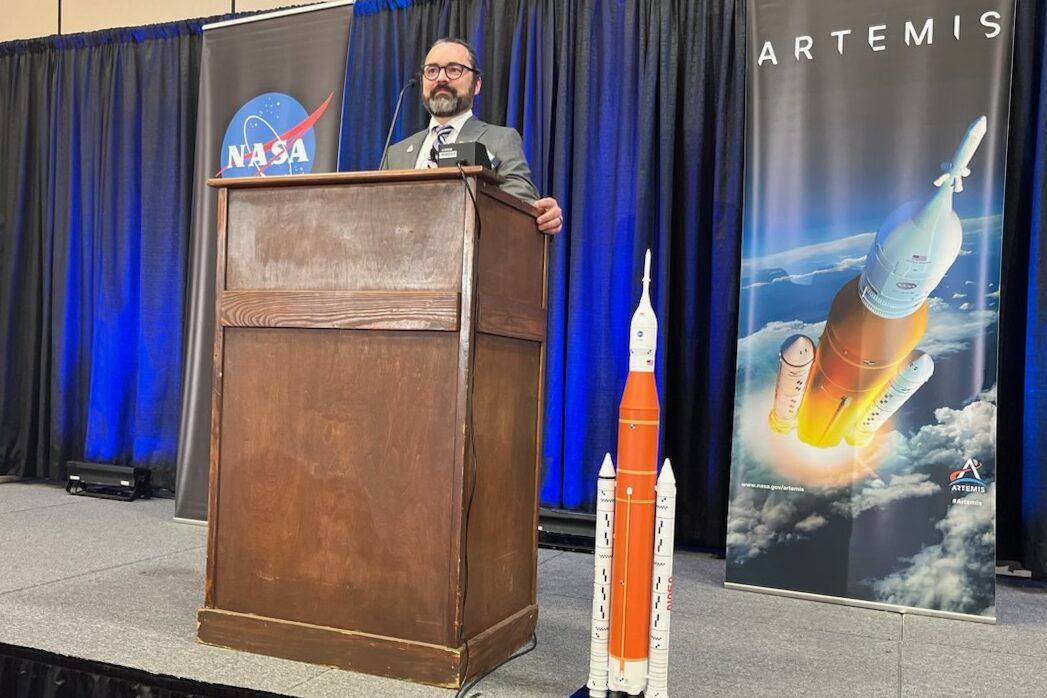HUNTSVILLE — For most Alabamians needing medical attention, a clinic or hospital is a short drive away. But if you're on a mission to the moon or Mars, the nearest doctor may be millions of miles away, so NASA astronauts are getting creative with their health care.
Ian Maddox, an engineer at NASA's Marshall Space Flight Center's Habitation Office, delivered the Jerome Cochran, M.D. lecture at the Von Bruan Center in Huntsville Friday during the Medical Association of the State of Alabama Annual Meeting and Business Session. He spoke about NASA's Artemis project and "ensuring astronaut health 142 million miles away from a doctor."
"The vast majority of the technical challenges, the gaps that we're chasing in order to make a Mars mission successful, hinge in one way or another on preserving human health during the 1,200-day mission from Earth to Mars and then back again."
Maddox said many of the things the medical community in Alabama is concerned about "dovetail" nicely with what he and NASA are working on as they "try to extend humanity's reach out of Earth's orbit and all the way to Mars."
Part of NASA's plan to keep astronauts healthy in space, Maddox said, includes providing all crew members with basic medical training and having at least two members trained as Chief Medical Officers with the same skills and knowledge of emergency medical technicians (EMTs) here on Earth. Ground-based flight surgeons and medical teams would also support the crew.
In addition to training, astronauts will have access to facilities and systems — such as water filters, biosensors and monitors and specialized exercise equipment — on their vessels to ensure they stay healthy and fit throughout the mission.
The goal of the Artemis project is to return to and explore the moon and, from there, send the first astronauts to Mars. Step one will include launching an unmanned test flight followed by another test flight with the four-person crew. Once the test flights are complete, the crew will launch again, this time to land on the surface of the moon
"At the moon, we will … investigate the moon's mysteries and learn more about our home planet and the universe, learn how to live and operate on the surface of another celestial body where astronauts are just three days from home [and] prove the technologies we need before sending astronauts on missions to Mars, which can take up to three years roundtrip," NASA stated on its website.
To connect with the author of this story or to comment, email daniel.taylor@1819news.com.
Don't miss out! Subscribe to our newsletter and get our top stories every weekday morning.









